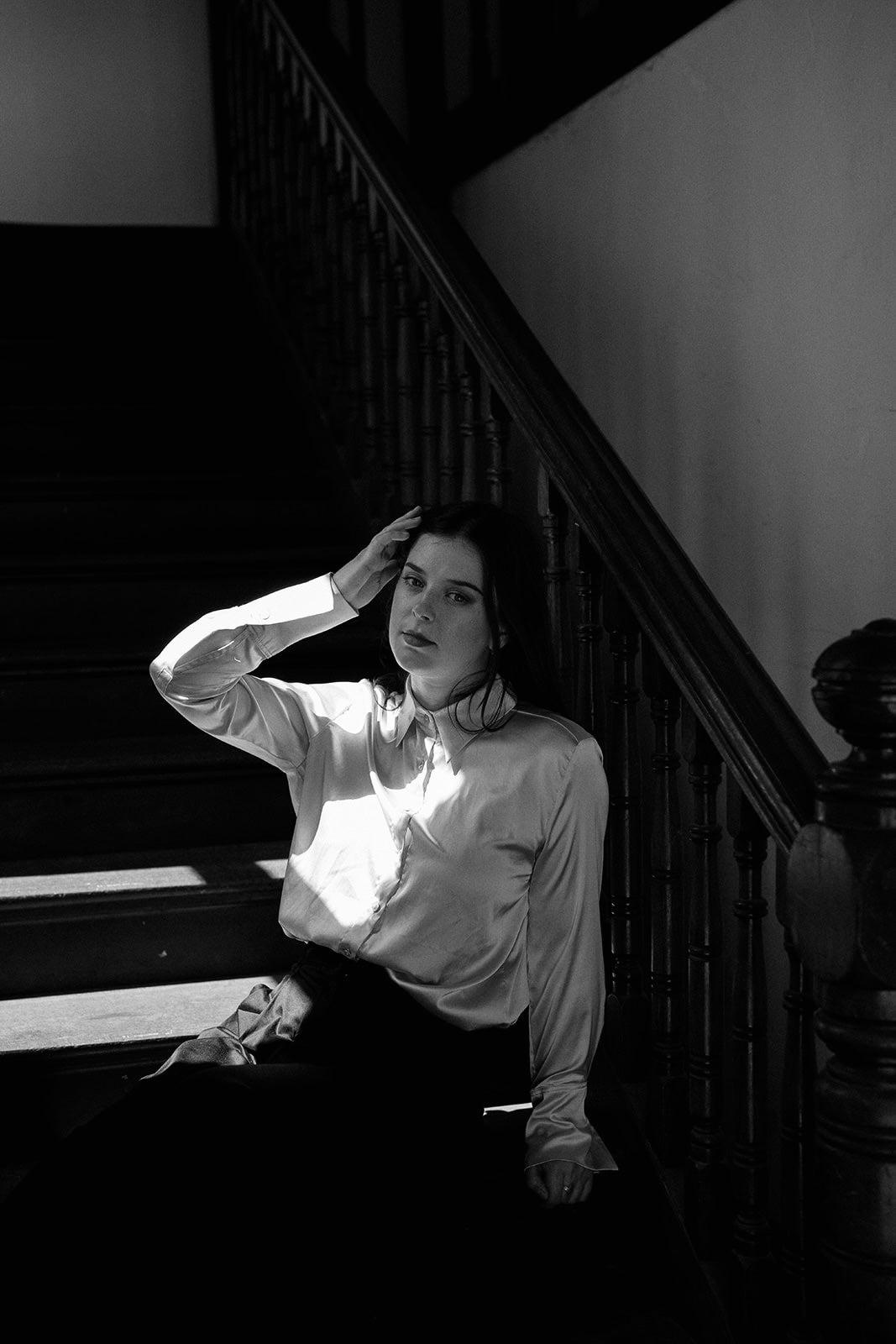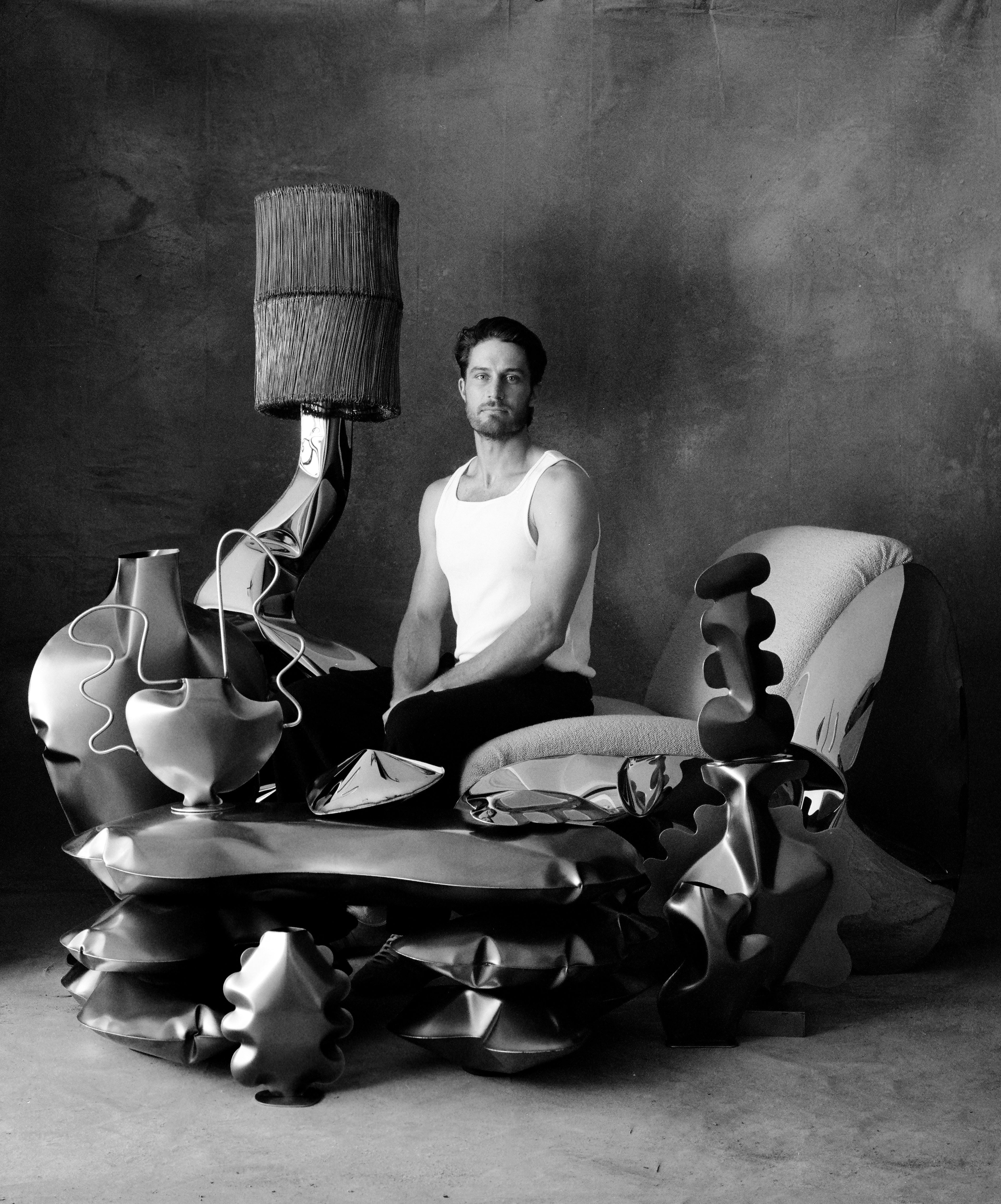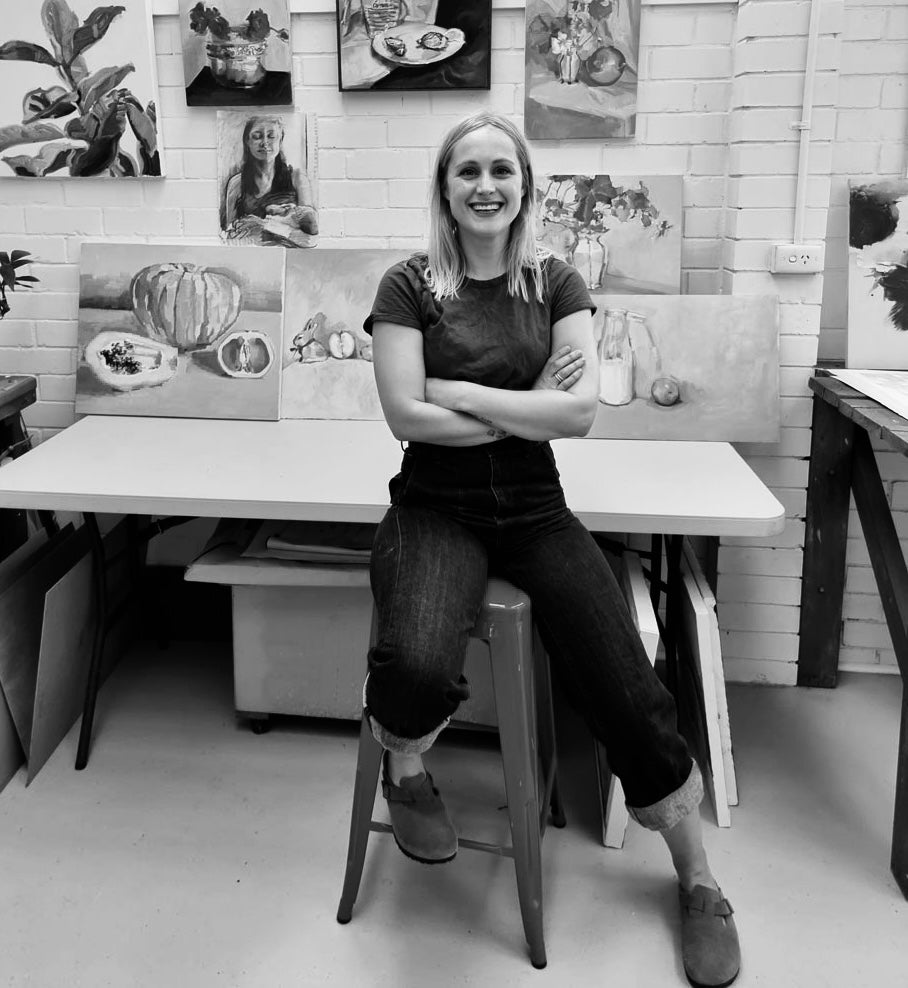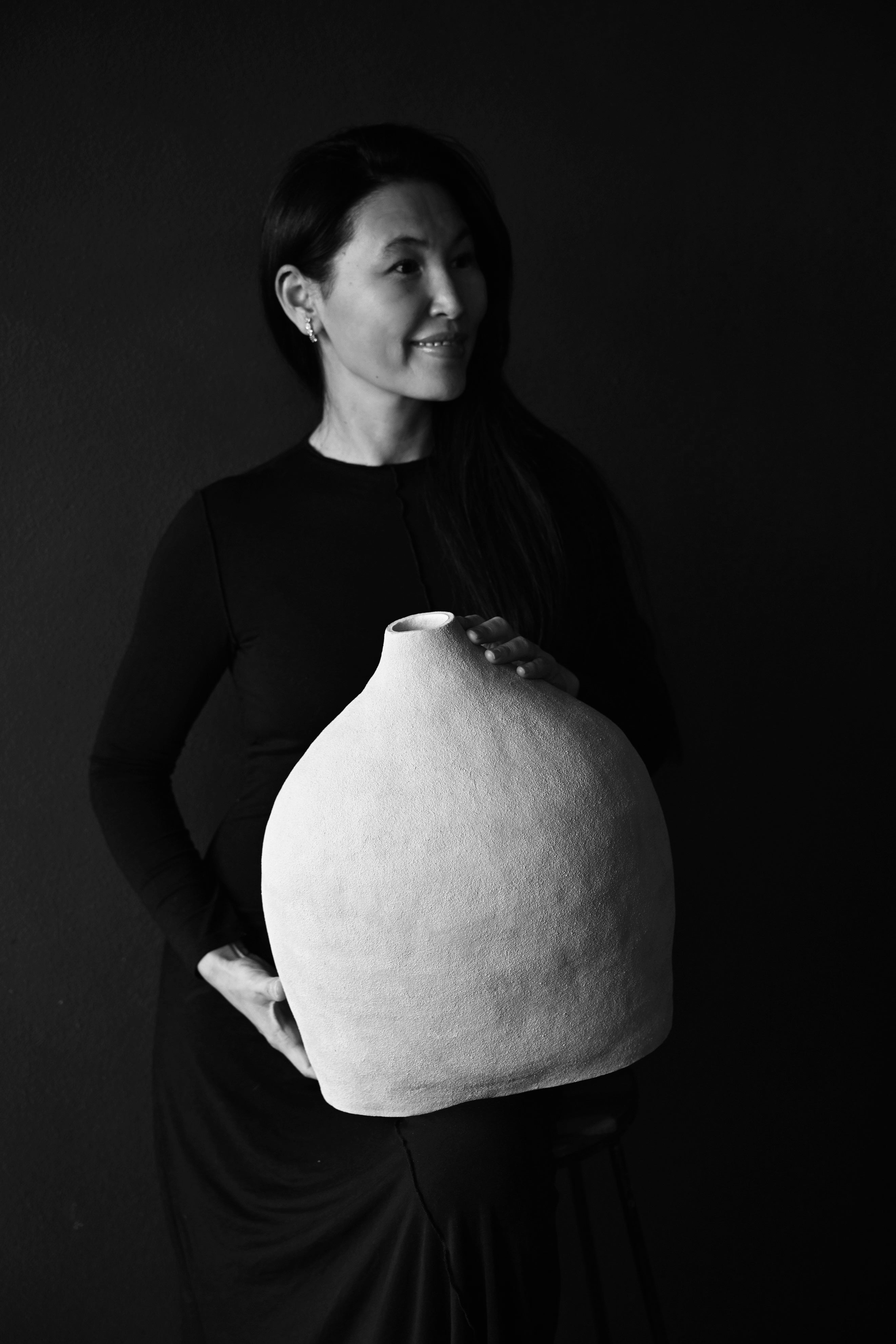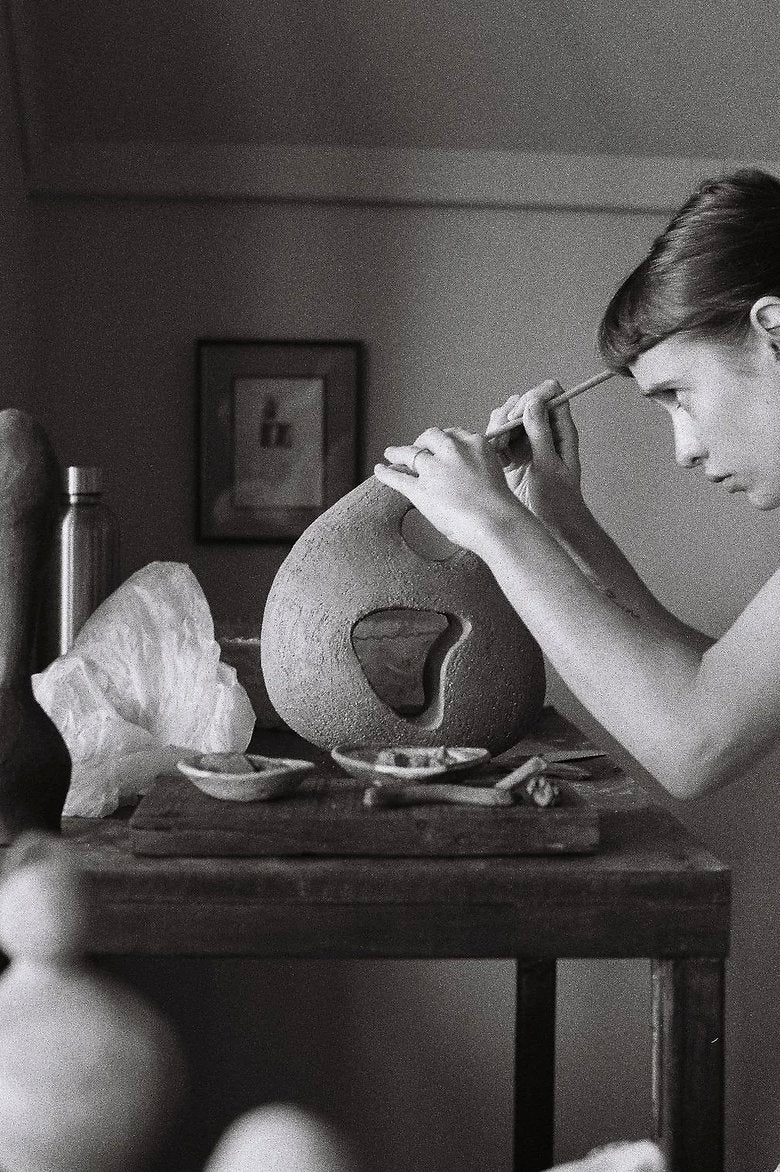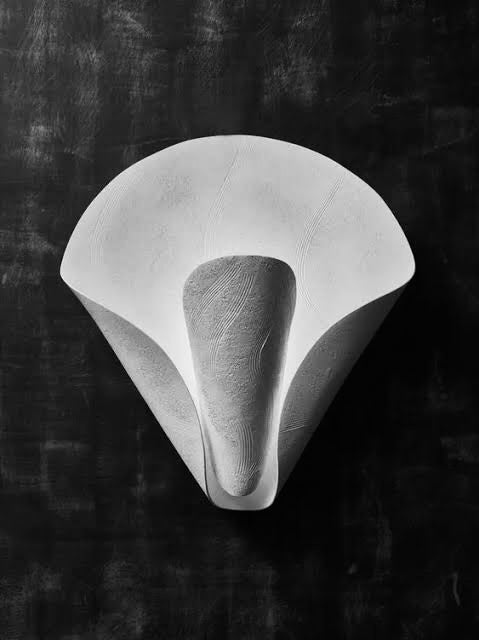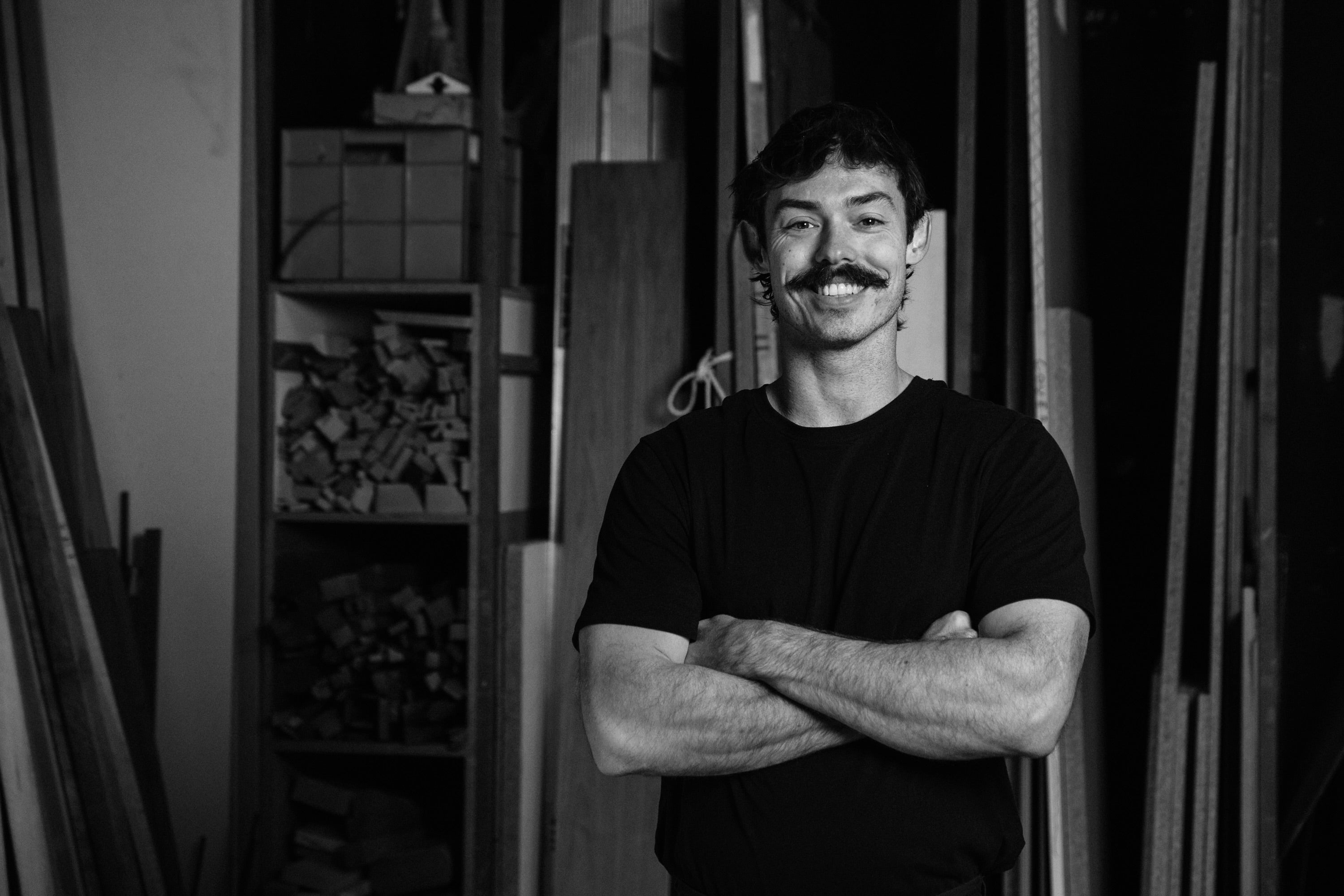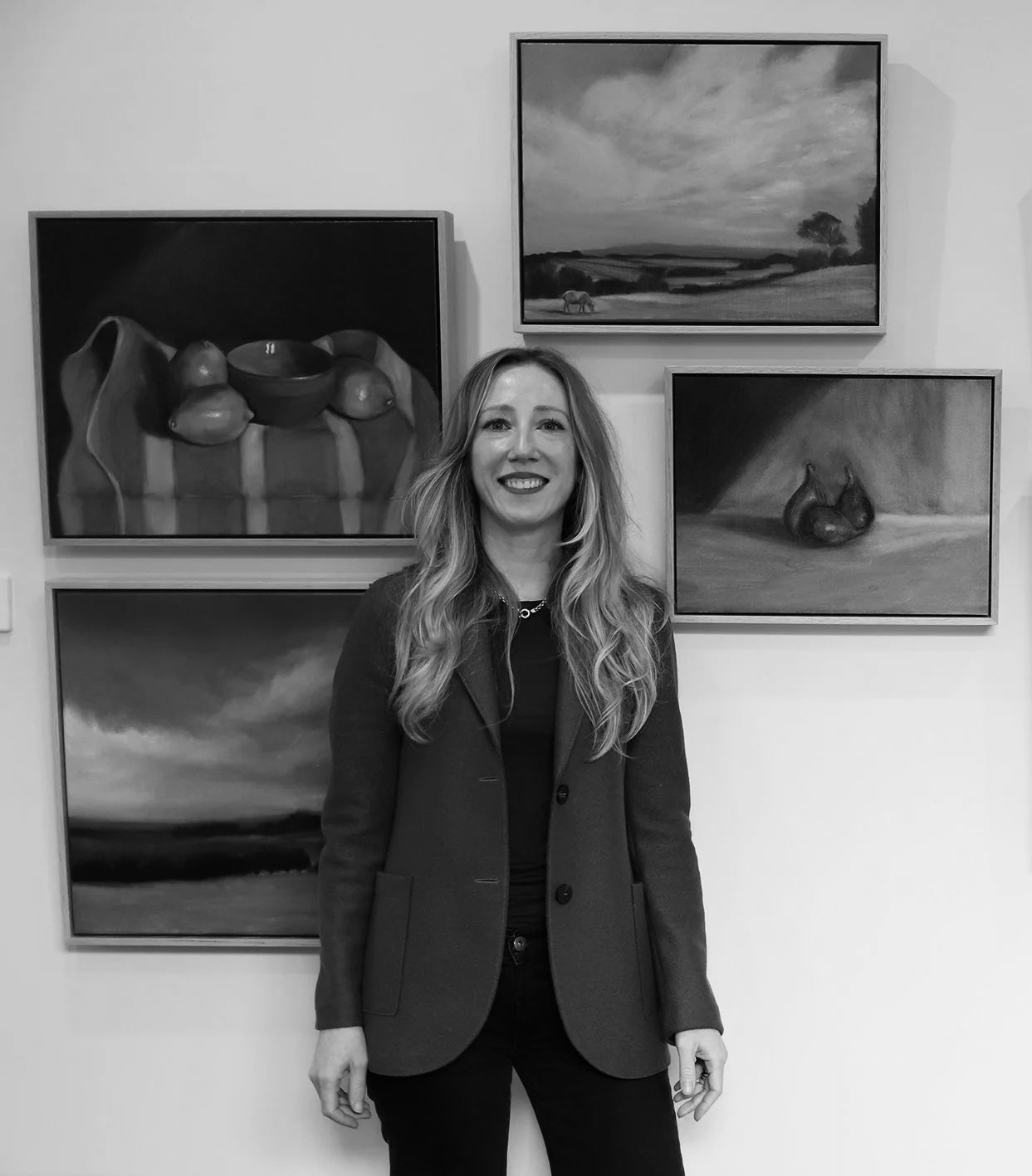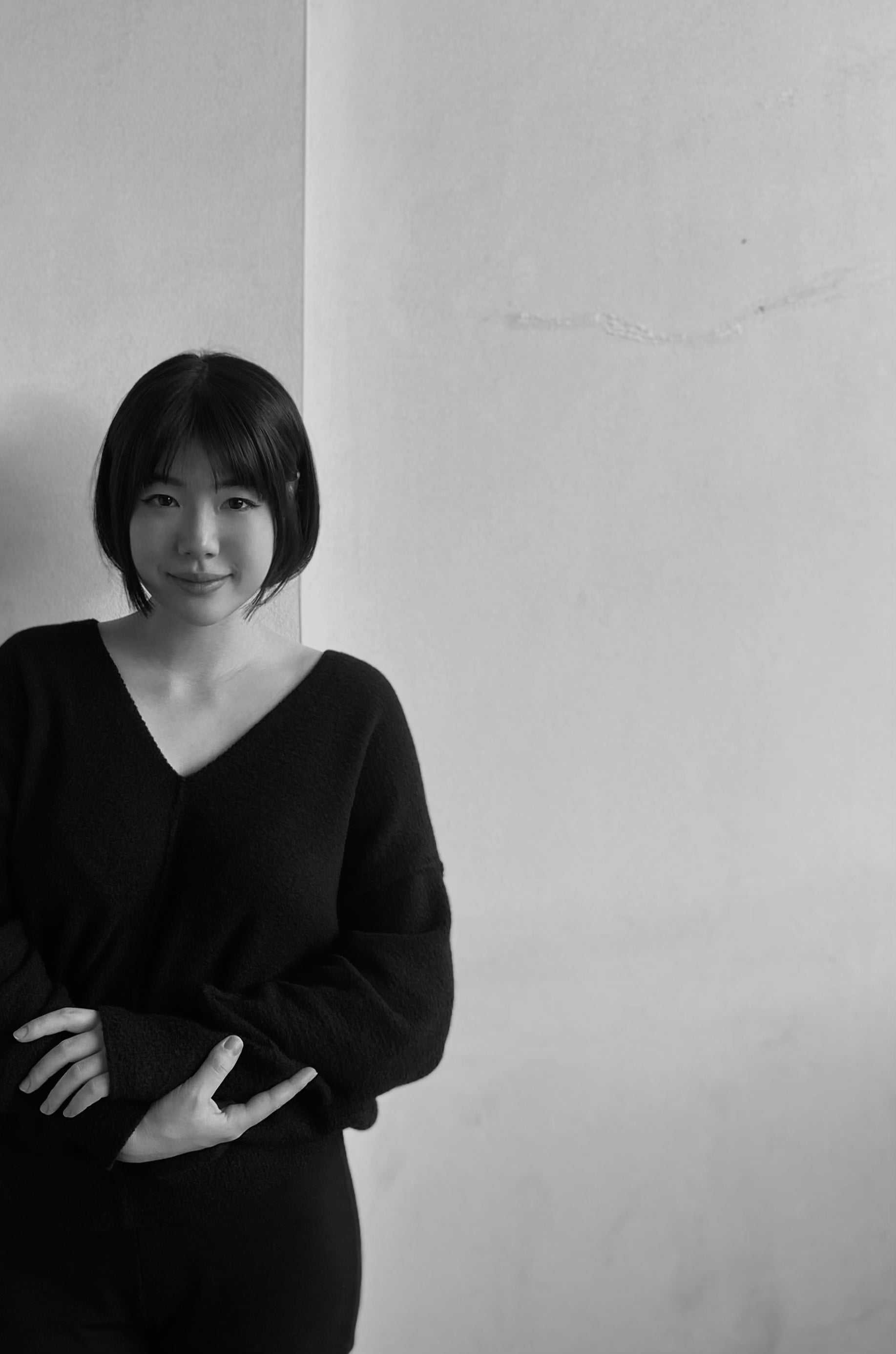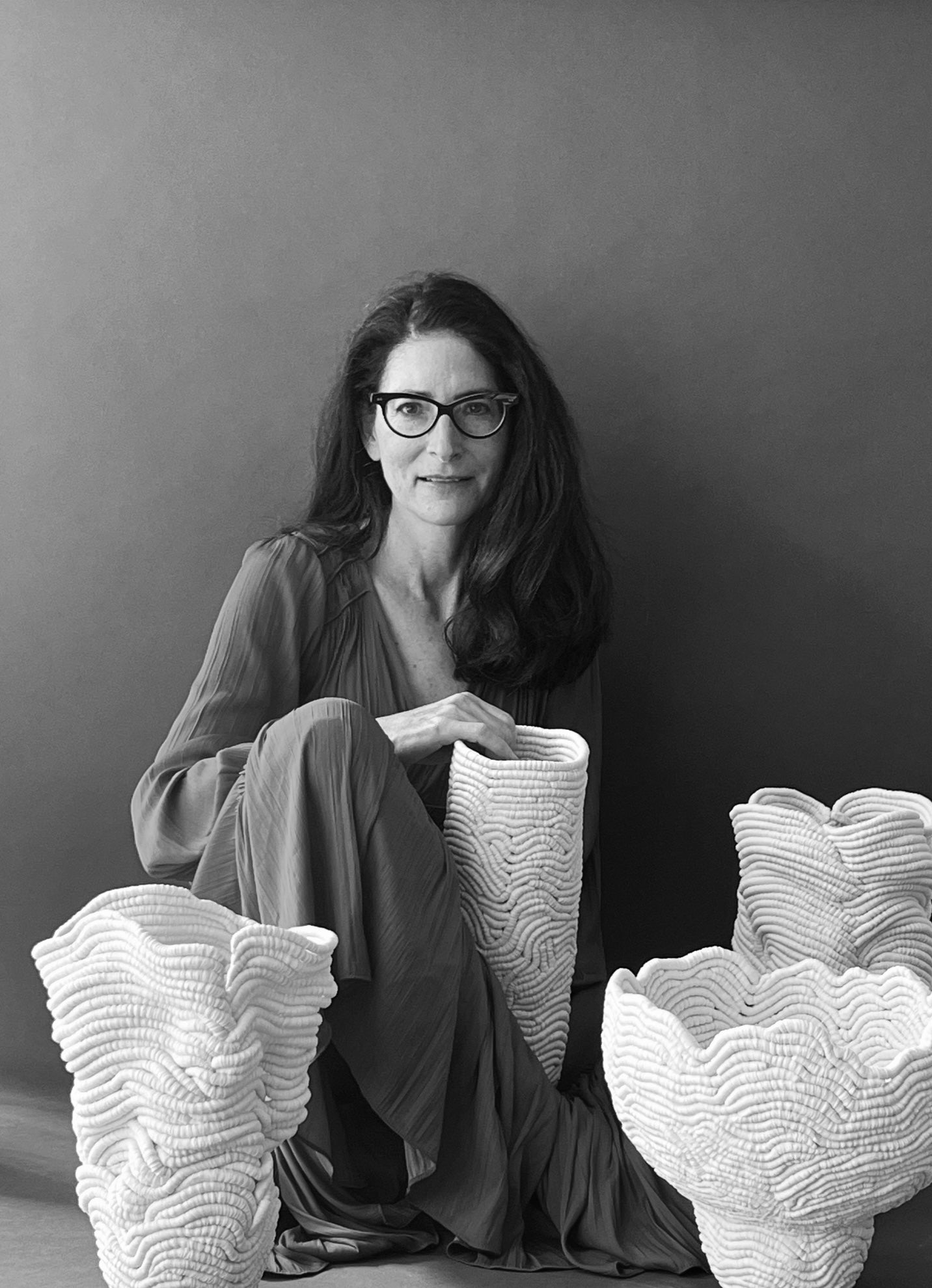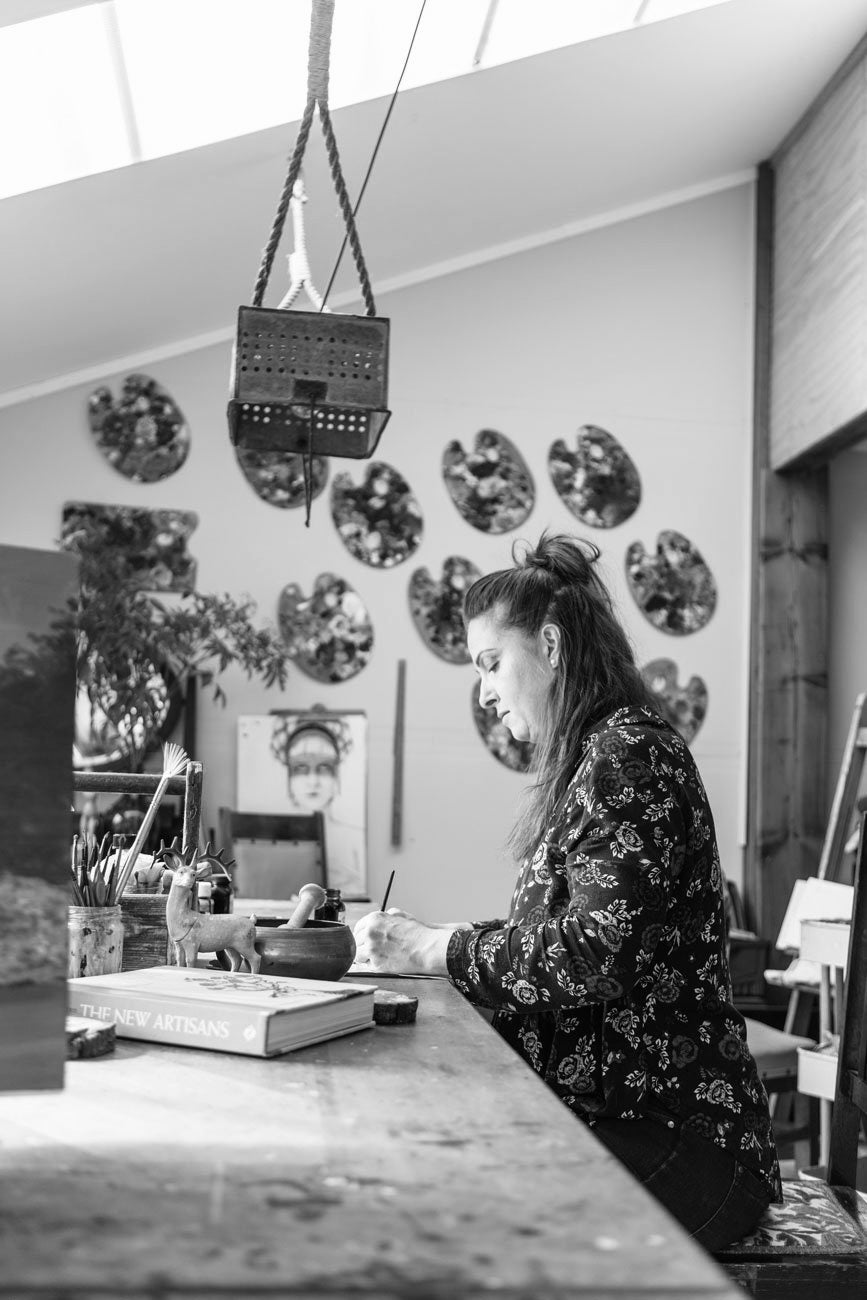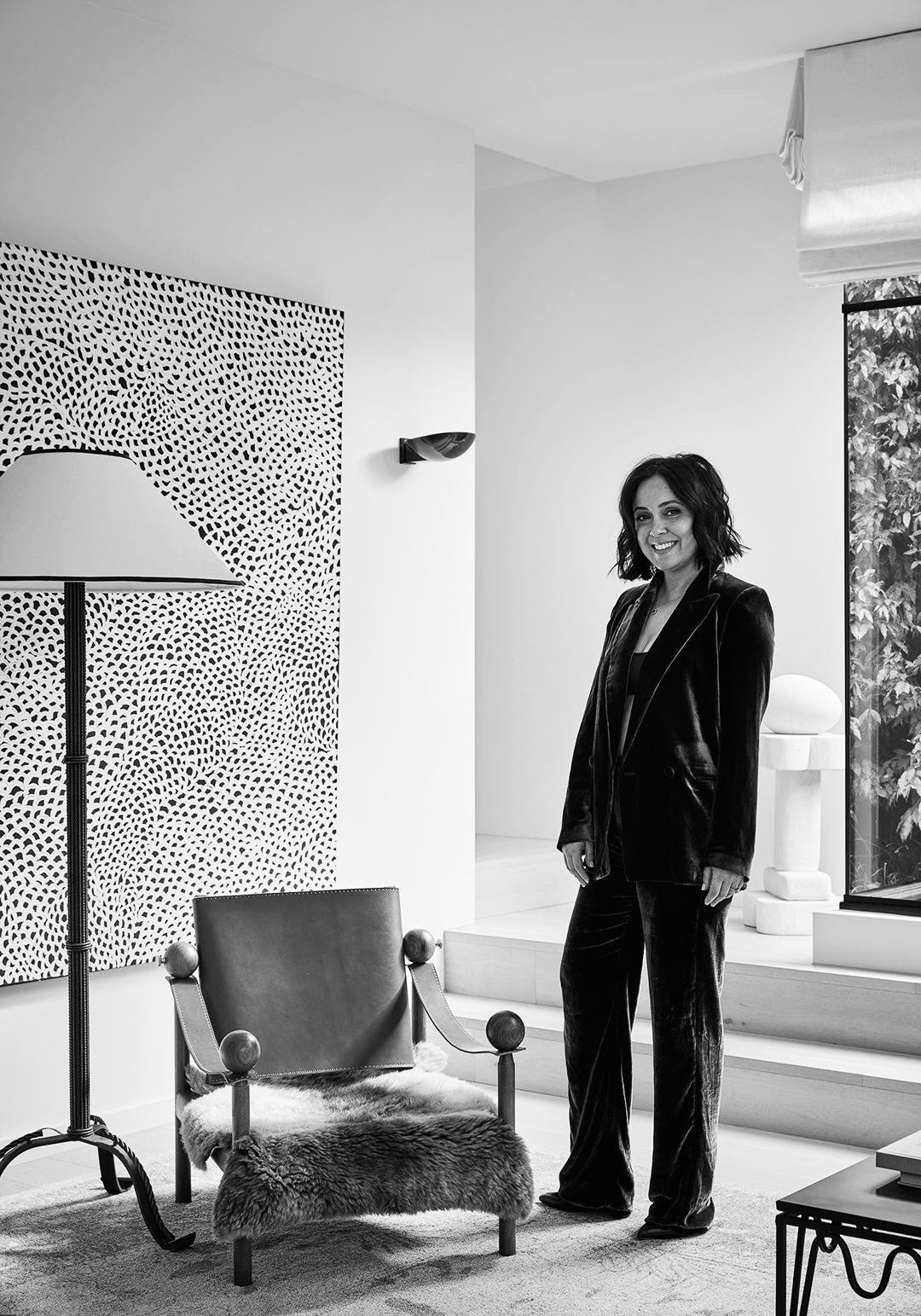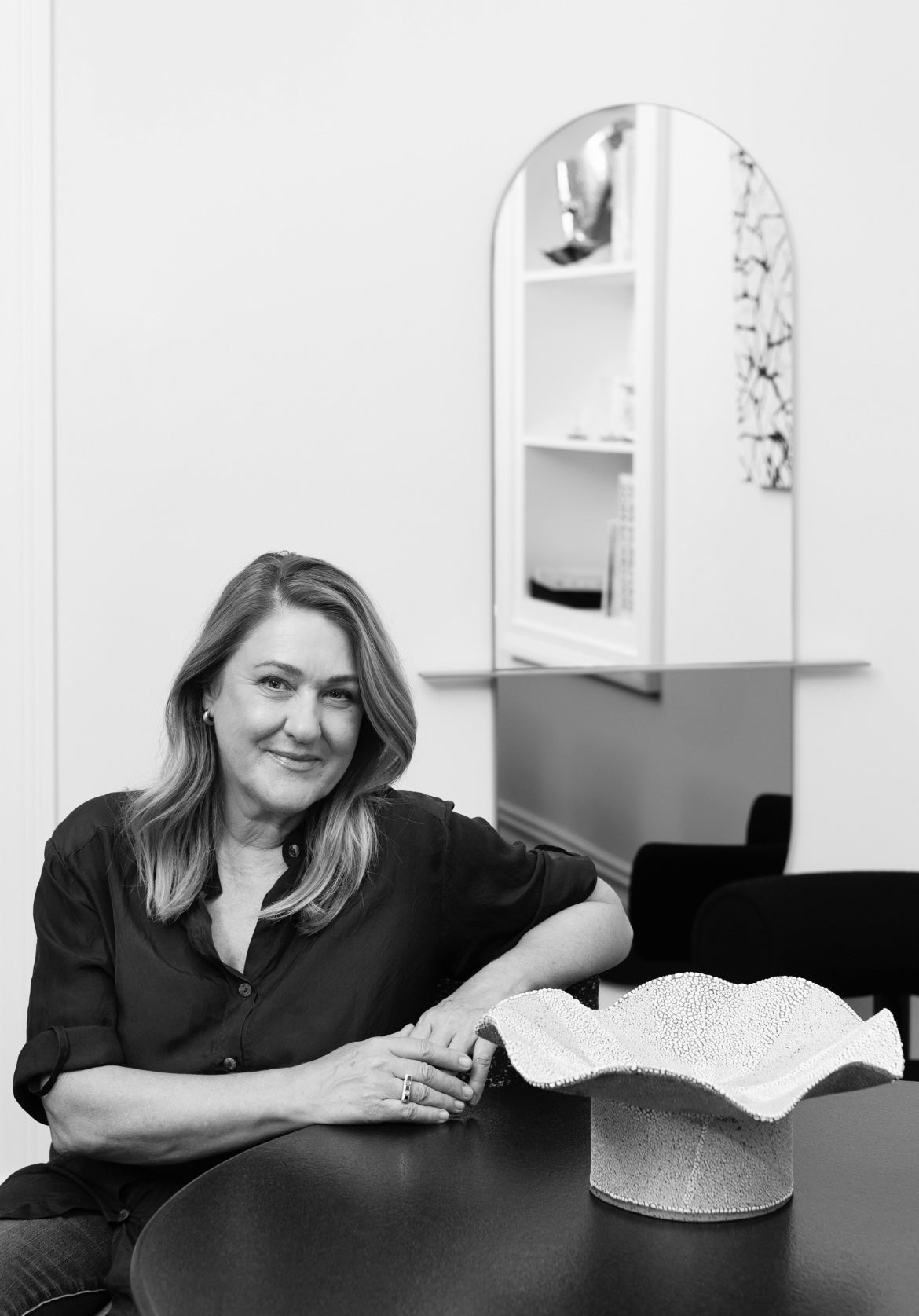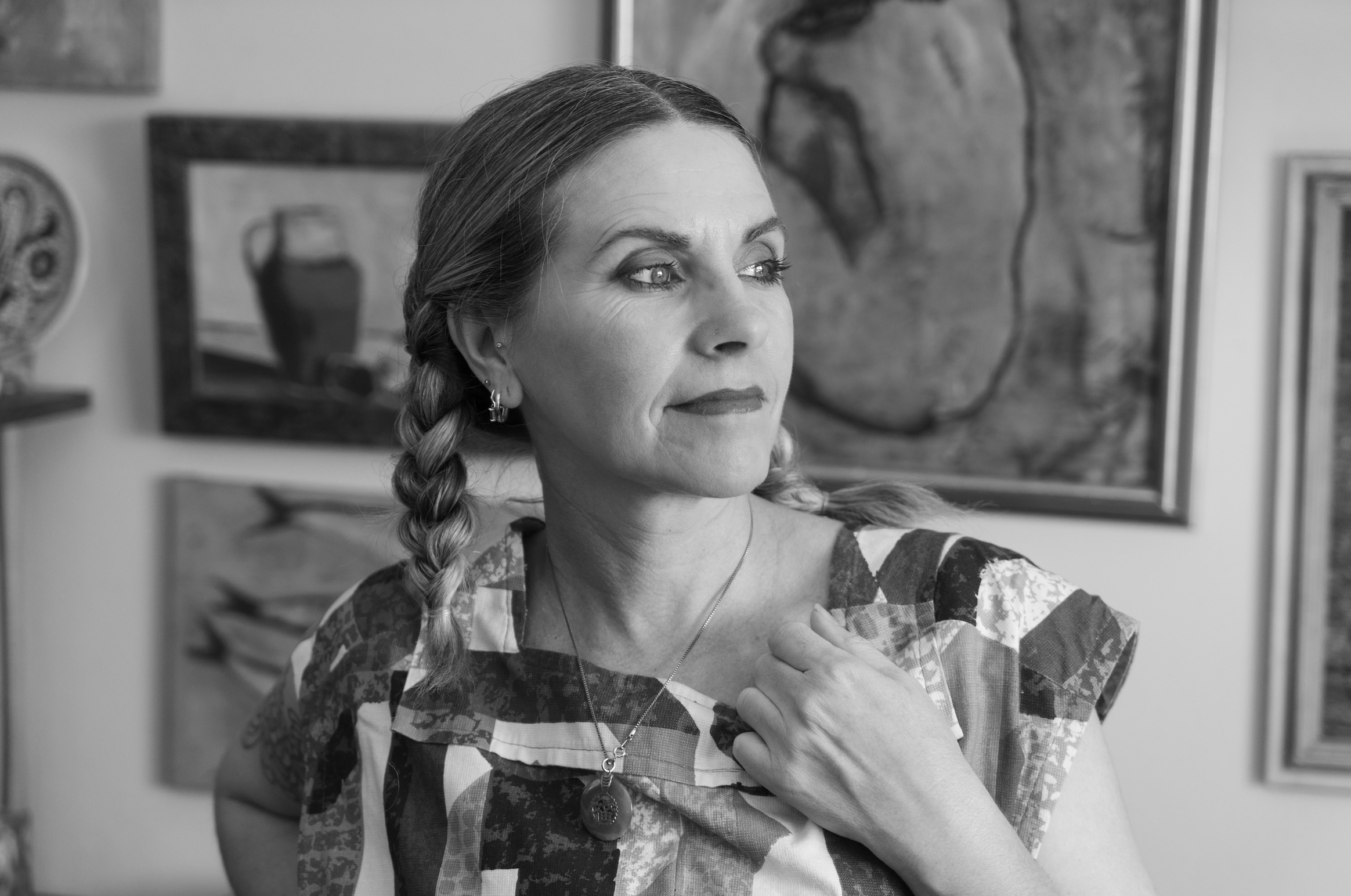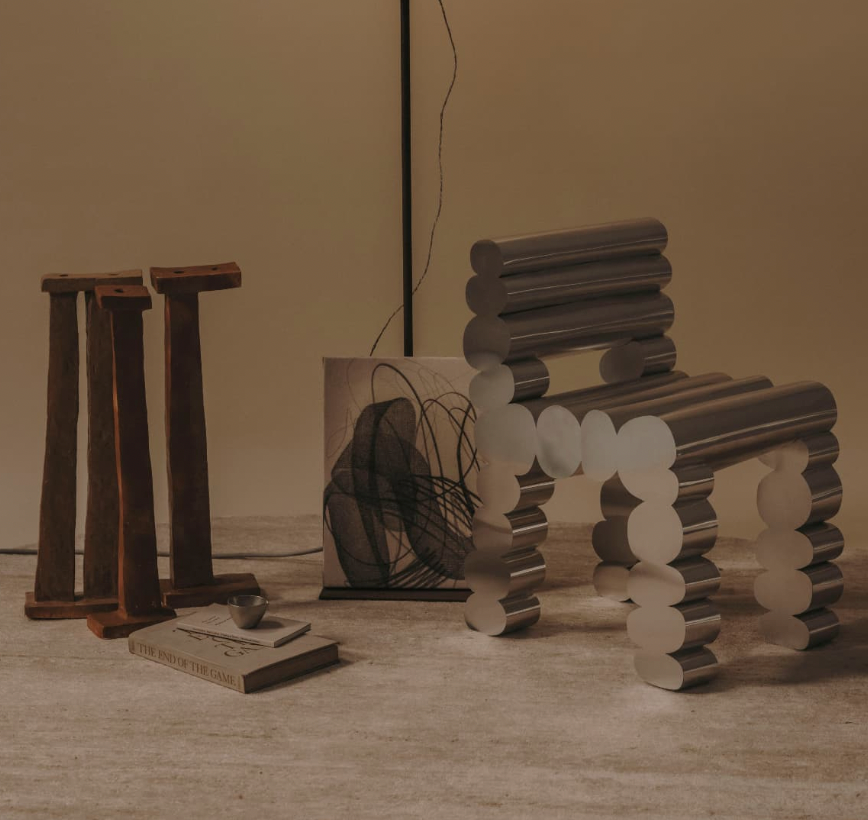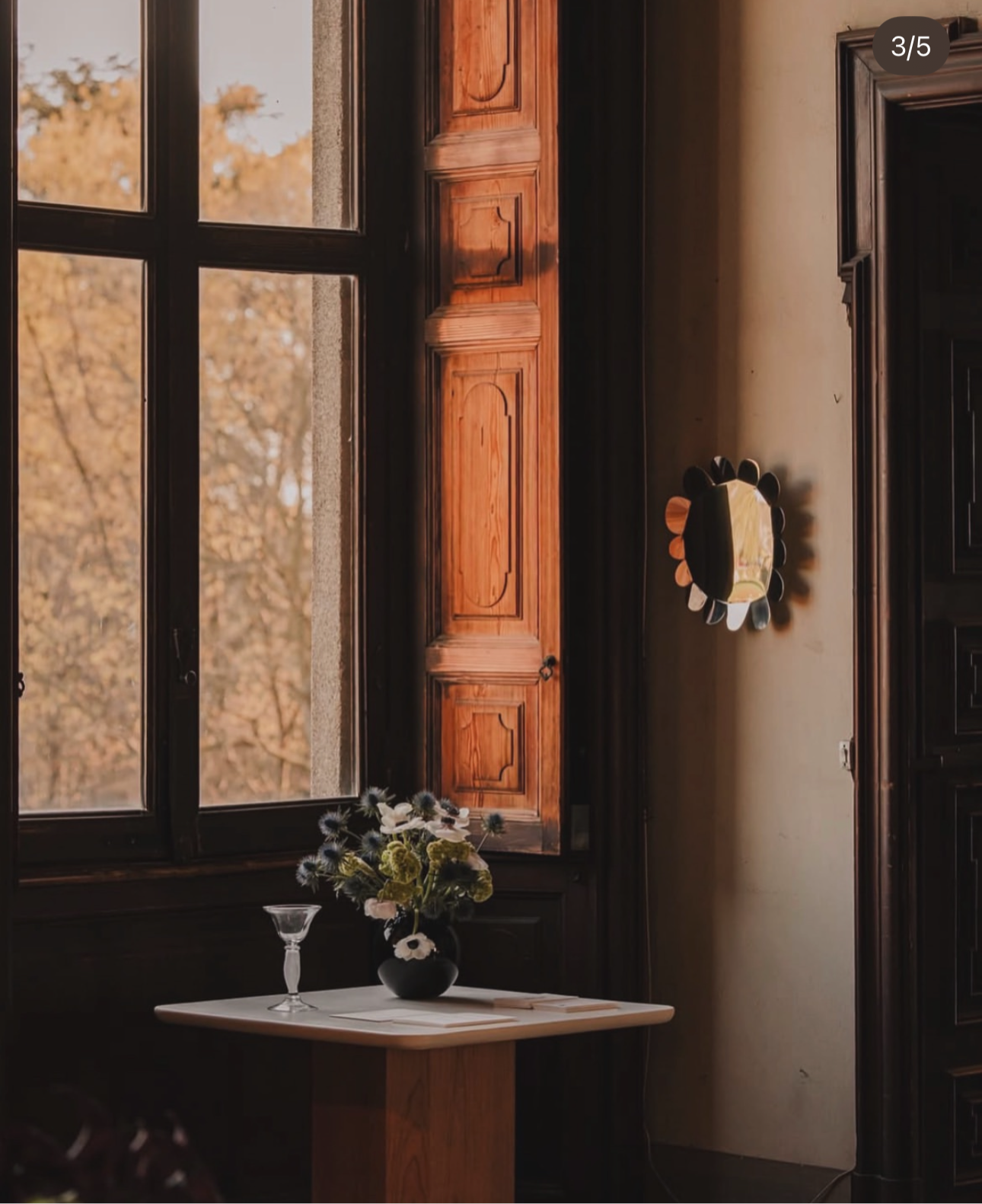
Interior Design & Styling I Gallery & Advisory Service I Collection Curation I Art & Antique Sourcing I Private Sales & Consignment. Valuations & Appraisals I Restoration & Conservation I Auction Bidding I Market Research & Pricing Insight I Installation & Support I Framing & Preservation I Shipping & Customs I Collection Documentation I
Contemporary Artists & Designers
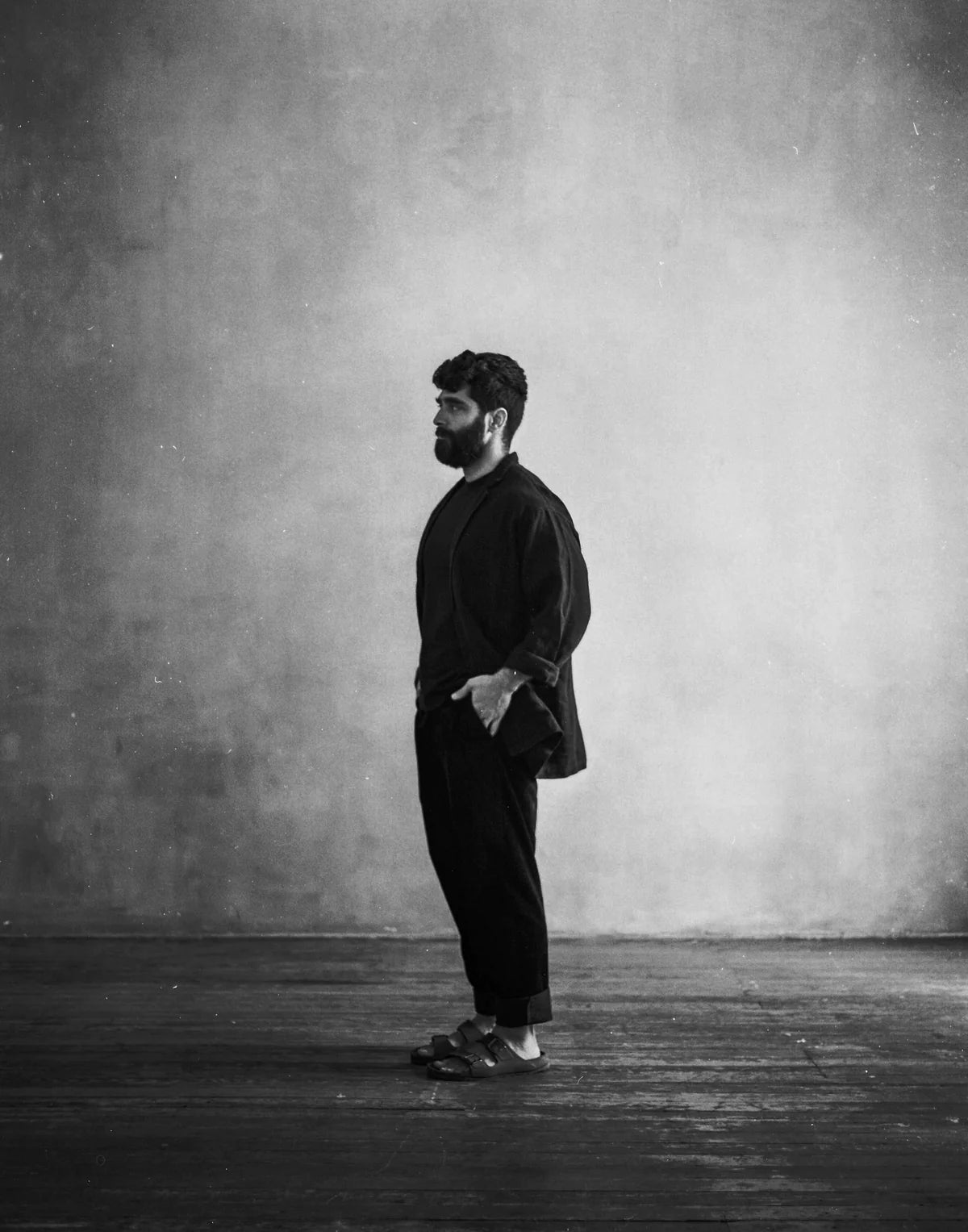
Jorge Kilzi
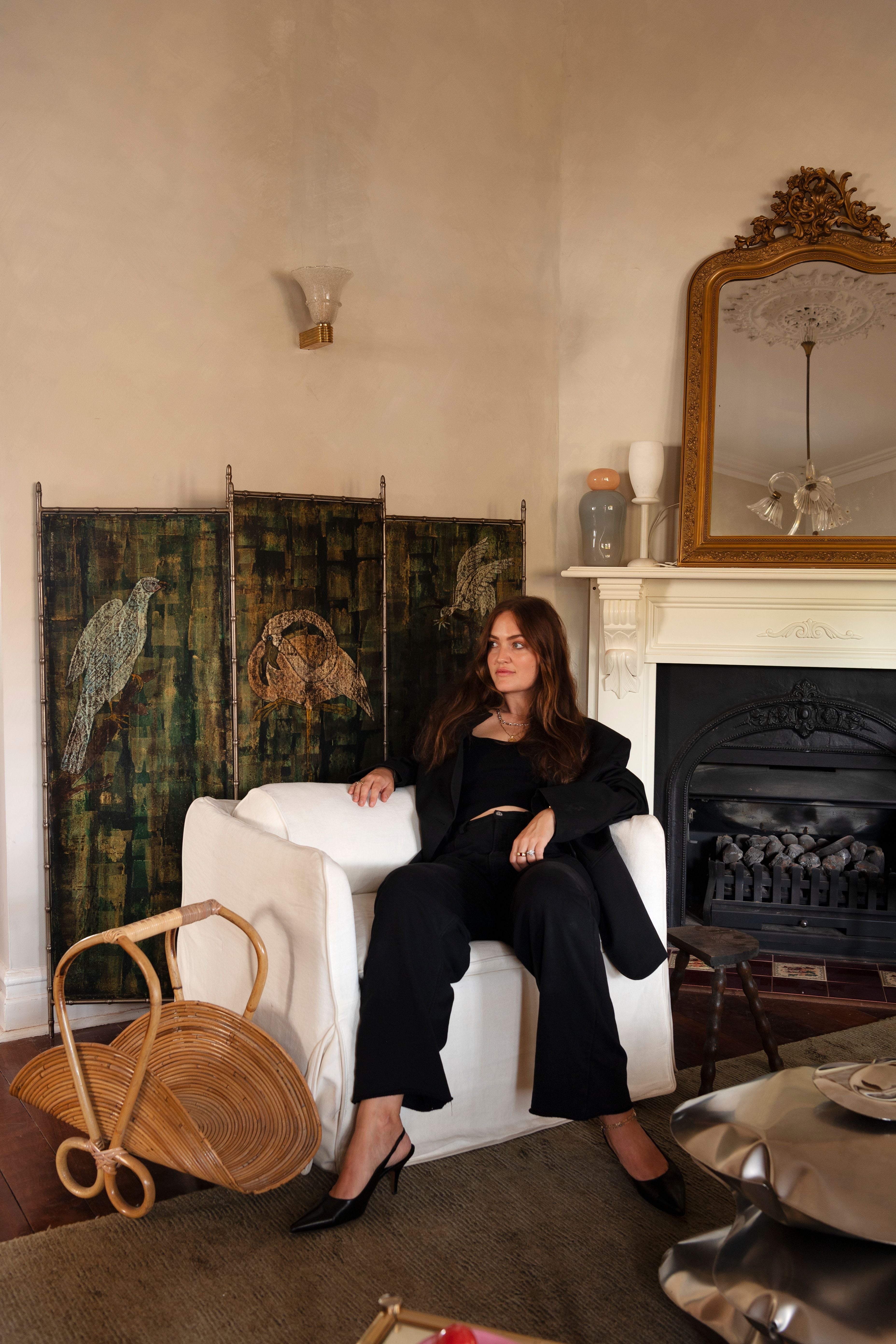
ABOUT US & OUR SERVICES
Cleo Collects is a gallery and design studio based in Western Australia, specialising in contemporary art, art-deco, brutalist and cubist antiques, and rare European design. We represent a curated roster of 30 international artists and offer sourcing and interior design services for collectors, designers, and private clients.
At the heart of Cleo Collects is founder and director Bronte Taton, who brings a cross-cultural perspective shaped by her upbringing in France and San Francisco. Her design philosophy blends a French sensibility for balance and timelessness with a bold appreciation for individuality, shaped by her American roots.
“I’ve always been drawn to objects that hold meaning and history. For me, good design is never disposable—it’s something that reflects who we are and how we live. I look for pieces with soul, provenance, and presence.” — Bronte Taton
Cleo Collects is dedicated to creating interiors that are rich in character, and collections that feel both personal and enduring. Our gallery space in Highgate reflects this approach, a layered mix of contemporary art, iconic design, and storied antiques.
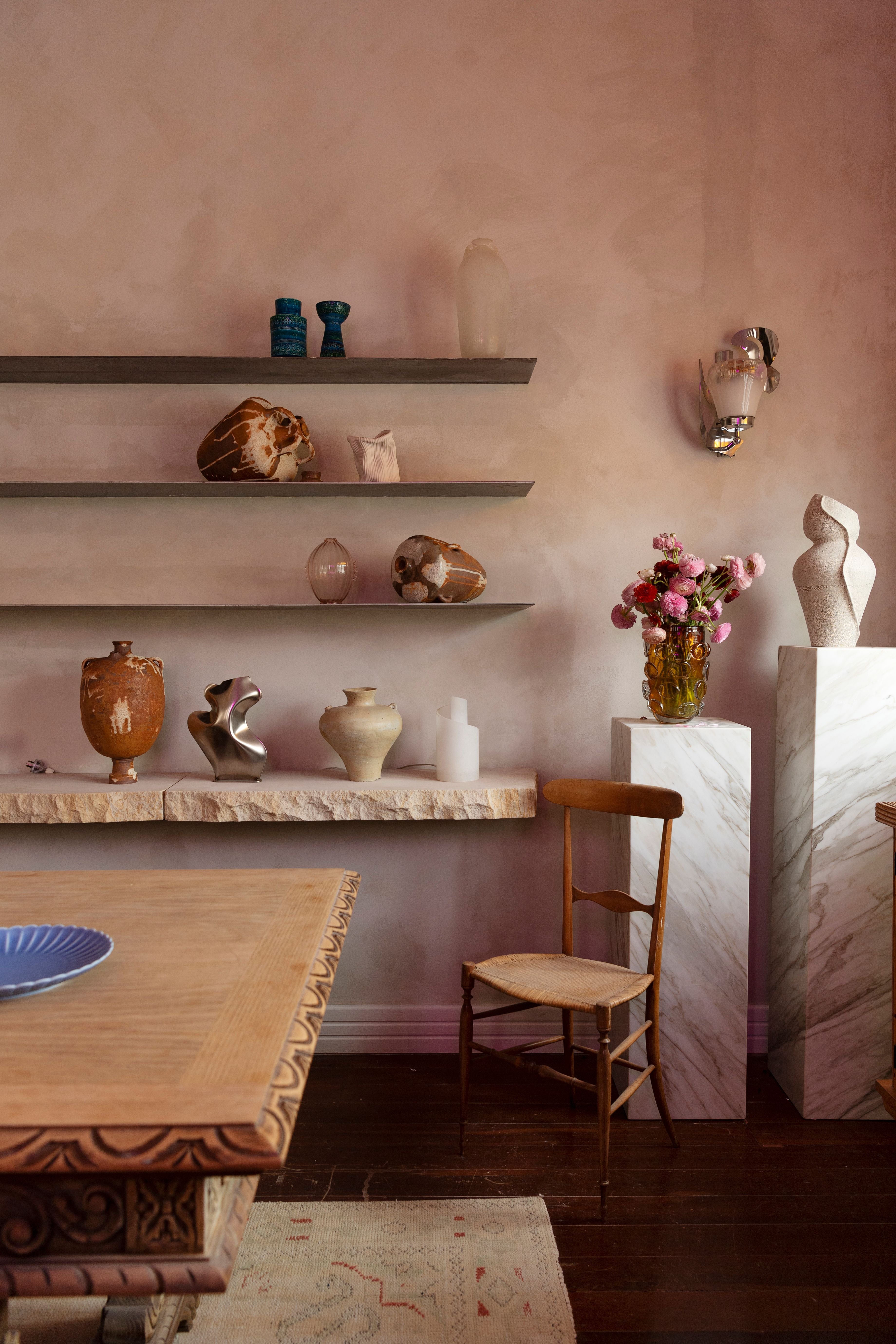
Gallery & Advisory Services
Tailored guidance for acquiring artworks that suit your taste, space, and collecting goals.
Collection Curation - Helping build, refine, or reimagine private and corporate collections.
Art sourcing - Locating specific pieces from our network of national and international artists and collectors.
Private Sales & Consignment -Facilitating discreet sales and accepting works on consignment through our gallery program.
Exhibition Curation
Planning and presenting exhibitions for represented and guest artists.
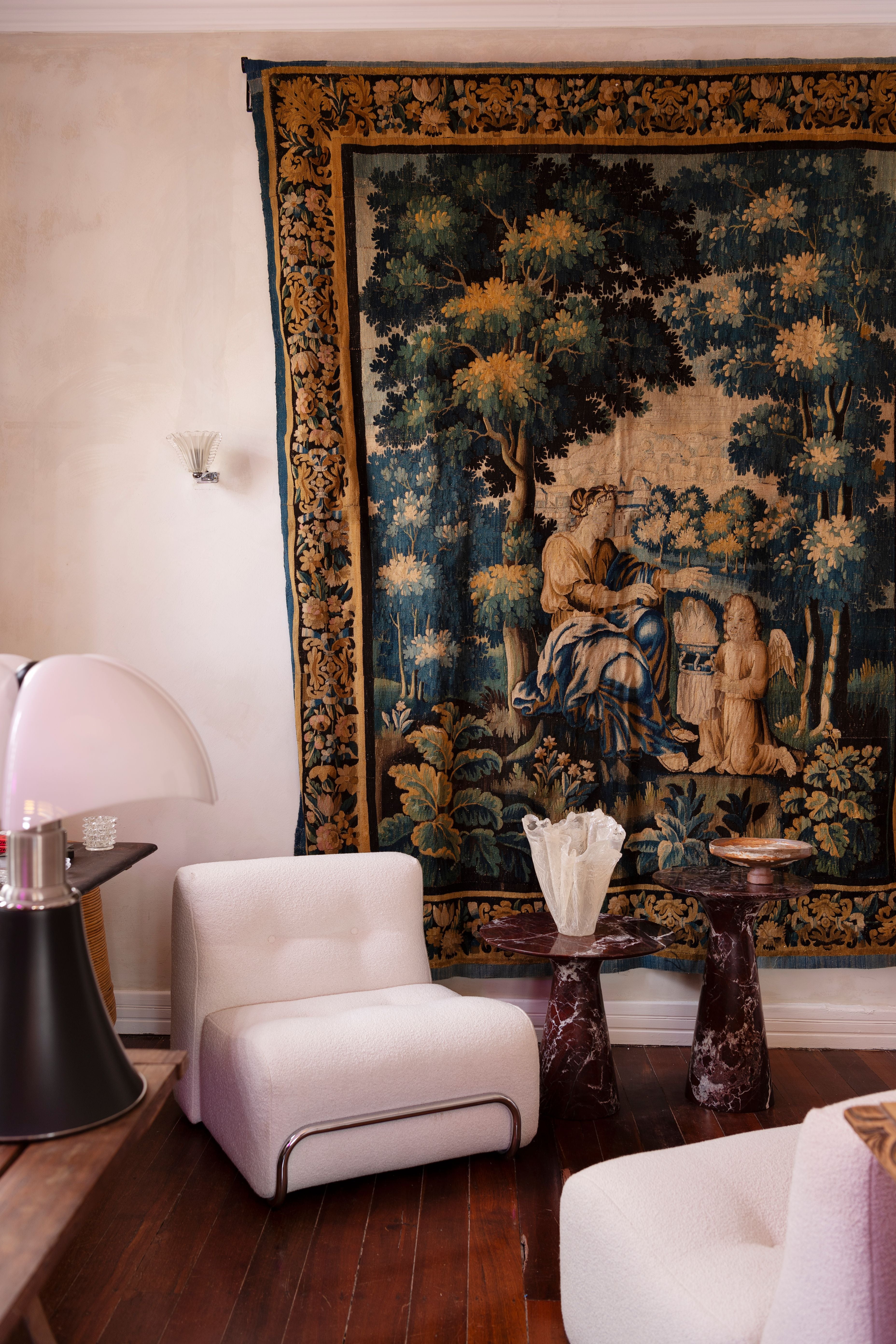
Interior Design & Styling
Interior Design Consultation - Providing design concepts that blend contemporary style with fine art, antiques, and vintage objects.
Full-Service Interior Styling - Sourcing furniture, lighting, and decorative objects to create layered, character-rich interiors.
Art & Object Placement - Advising on the arrangement and installation of artworks and antiques within a space.
Collaboration with Architects & Designers - Working closely with industry professionals to ensure cohesive integration of artworks and furnishings into broader design projects.
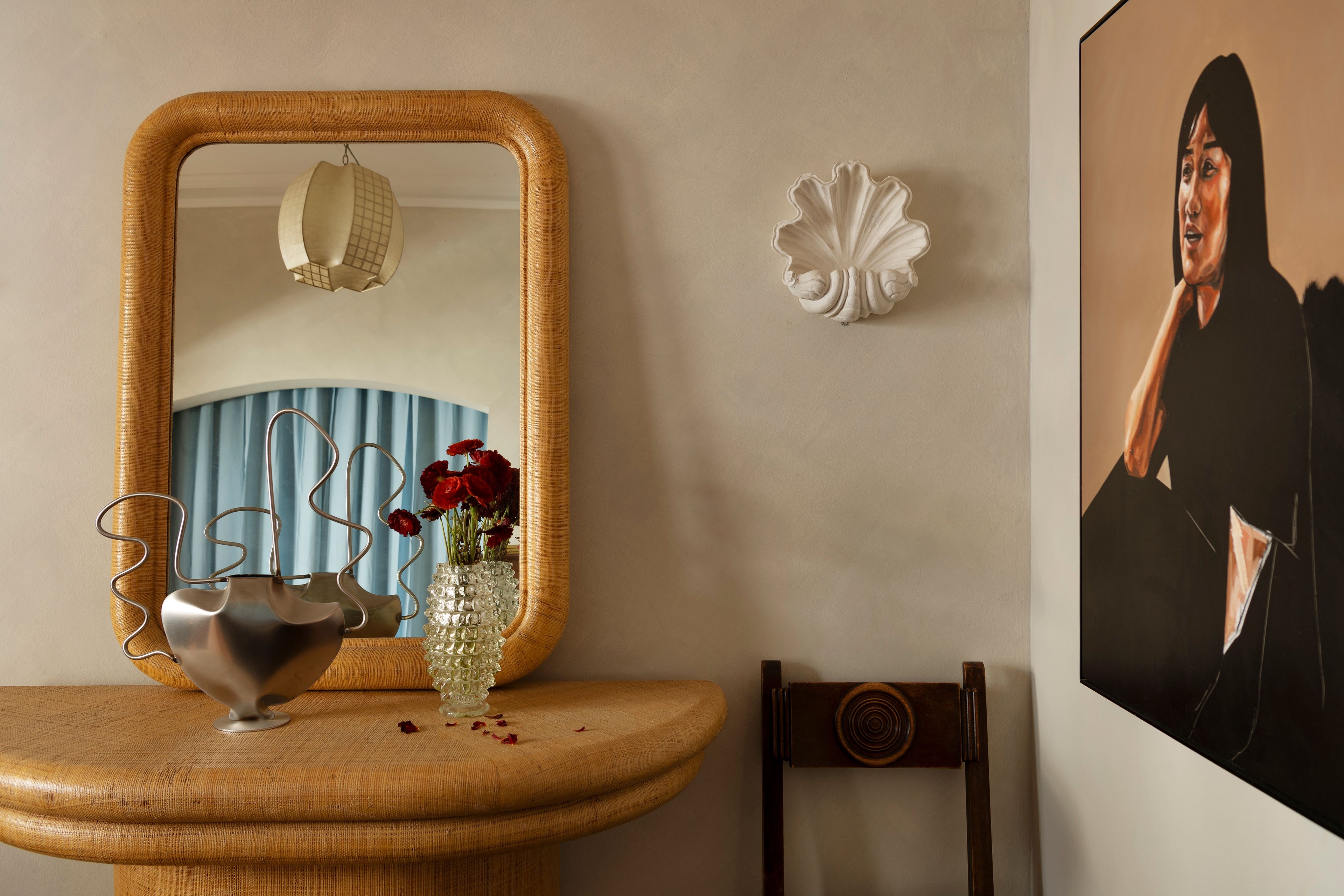
Antiques & Decorative Arts
Antique Sourcing - Finding rare or distinctive vintage and antique pieces to elevate contemporary interiors.
Valuations & Appraisals - Offering informal valuations and facilitating formal appraisals for insurance, resale, or estate planning.
Restoration & Conservation Referrals - Connecting clients with trusted specialists in antique restoration and care.
Styling with Antiques Guidance on integrating antiques into modern spaces with balance and authenticity.

Auction & Secondary Market Services
Auction Bidding Representation - Managing bidding and acquisition of artworks or antiques on behalf of clients.
Consignment to Auction - Coordinating the sale of artworks through major auction houses.
Market Research & Pricing Insight - Providing comparative sales data and market trends to inform acquisition or sale decisions.
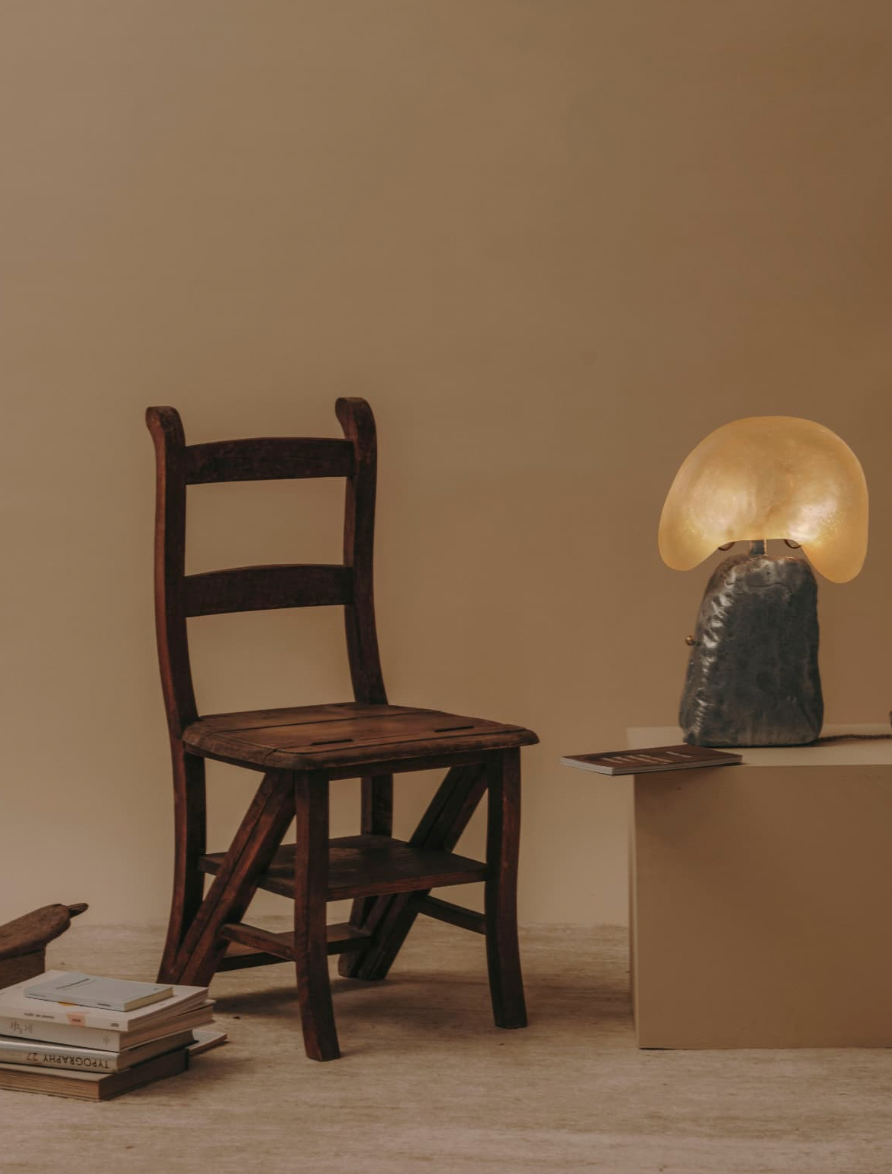
Logistics, Installation & Support
Professional Installation - Coordinating safe and considered installation of artworks and antiques.
Framing & Preservation - Organising conservation-grade framing and care.
Shipping & Customs Managing local and international shipping, including export documentation and insurance.
Collection Documentation
Photographing and cataloguing collections for insurance, archiving, or estate purposes.


